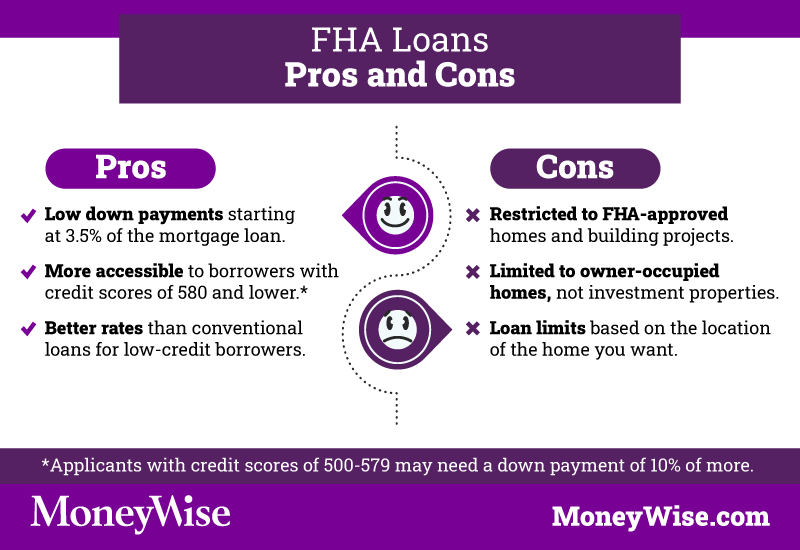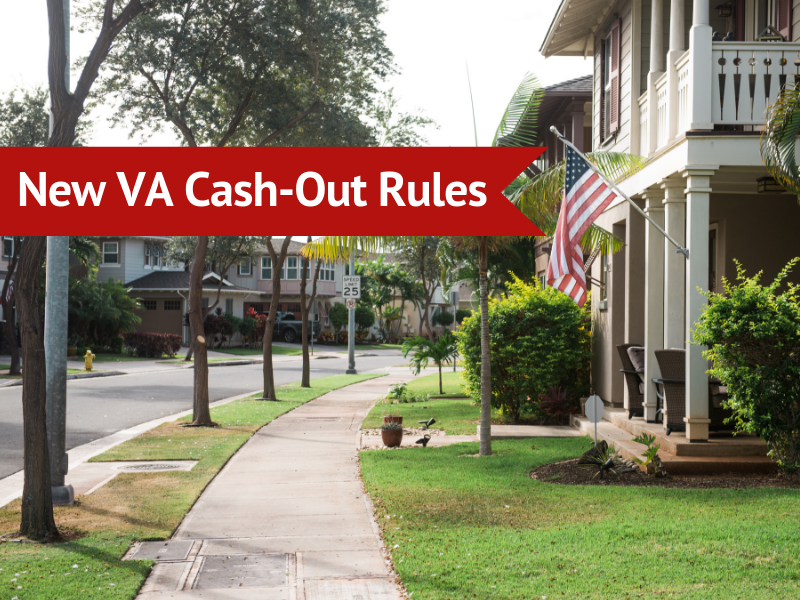Table of Content
If both parties are fighting for the home, the court system may need to decide who is awarded the property. In this case, VA guidelines allow for the release of liability on the VA loan after a divorce. The party not awarded the property can request a release of liability from the appropriate VA Regional Loan Center. This would ensure that the former owner would not be held responsible for the property in the future. In this scenario, you would have to wait until the debt on the VA mortgage was paid in full before you can restore your entitlement.
Visitors with questions regarding our licensing may visit the Nationwide Mortgage Licensing System & Directory for more information. Actual payments will vary based on your individual situation and current rates. The VA requires the borrower to certify their intent to occupy on two documents. For example, a veteran who buys a home with a VA loan and then gets transferred overseas can rent out the home and still refinance that existing mortgage based on prior occupancy.
VA Home Loans
Not affiliated with Dept. of Veterans Affairs or any government agency. Talk with a Veterans United loan specialist about your unique occupancy situation and what might be possible. Every occupancy scenario will need to be developed in more detail before a lender makes a decision about whether to move forward.

In these cases, the veteran must certify that they intend to occupy or reoccupy the property as their primary residence once home improvements and repairs are complete. The VA’s occupancy requirement applies to all borrowers who are financially obligated on the home loan contract. When a VA-eligible borrower uses their loan benefit with a non-veteran who doesn’t have VA benefits, the occupancy requirement applies only to the VA portion of the mortgage. To qualify for a VA loan, you must certify that you will use the home you buy with your VA mortgage as your primary residence. You may be eligible to complete an IRRRL on your existing property if you have made at least 6 consecutive monthly payments on it prior to purchasing a new home.
Occupancy Expectations
Realtor.com is hosting and helping to administer and promote the sweepstakes. Get a Quote A VA approved lender; Not endorsed or sponsored by the Dept. of Veterans Affairs or any government agency. VA also allows for what's known as intermittent occupancy, which allows qualified buyers to obtain a loan even though they're not living at the property every single day. If you think you might have difficulty occupying a home within 60 days of closing, let your loan officer know as soon as possible.

In addition, service members need to make clear the specific date occupancy will occur and the specific event that will make occupancy possible. For Interest Rate Reduction Refinancing Loans , or VA Streamline loans, the Veteran need only certify that they previously occupied the property as their home. A VA Cash-Out refinance will require the borrower to certify occupancy to be eligible for refinancing. In instances where your job keeps you from home for extended periods, the VA is fairly flexible. You don't need to be at your house every day to satisfy occupancy requirements, but you are expected to be there for a reasonable amount of time.
Learn More
VA home loans are a government-backed mortgage program, which allows lenders to offer competitive loan terms. That’s why VA loan rates and FHA mortgage rates are usually lower than conventional mortgages, and they don’t carry an early payoff penalty. However, VA loans are zero-money-down mortgages, whereas FHA loans require borrowers to make a sizeable down payment to avoid a mortgage insurance premium. VA loans are made to veterans and eligible service members who intend to use the home they're buying as their primary residence. The lender has to verify that you intend on using the home as your primary residence before making the loan. The lender will typically ask you for a letter verifying your intention to occupy the property.

According to the VA official site, the lender must decide if “a reasonable basis exists for concluding that the veteran can and will occupy the property as certified. There are other reasons why a borrower may not be able to move into a home purchased with a VA mortgage right away. If the home is being repaired, renovated, or remodeled in conjunction with a VA mortgage loan, the home may not be habitable at closing time. If you plan on retiring within 12 months after applying for your VA loan, you might be able to negotiate for a later move-in date. A retiring veteran must include a copy of their application for retirement, and VA lenders will carefully consider if the retiree’s income is sufficient to maintain a home loan. For married active-duty service members, a spouse can fill the occupancy requirement.
Usually, you can apply for an occupancy delay lasting up to 12 months. Additionally, you can have a child or other dependent living in the home while you’re on active duty or away. To satisfy the VA occupancy rule you must have your attorney or the dependent’s legal guardian certify the occupancy requirement is met. Therefore, you nor your family has to worry about a residency being an issue while you’re on duty. Every occupancy scenario is different, and requirements and policies can differ among lenders. For example, a military dependent could fulfill the occupancy requirement in some cases.

Occupancy does not necessarily mean you are physically living in the home on a daily basis. A primary residence is basically, in the eyes of the Department of Veterans Affairs your home address where you get your bills, your personal mail, etc. A licensed real estate agent and former loan originator and attorney, Samantha has insider experience dealing with VA loans, from initial application and contracts to loan funding. Answer a few questions below to speak with a specialist about what your military service has earned you. It's possible to have a VA loan for rental property, such as duplex or four-plex, if the borrower occupies one of the units. Retired military pay, VA disability pay, federal retirement and Social Security payment increases coming in 2023.
If you will be retiring within 12 months from the date of your loan application, you must include a copy of your application for retirement and proof of requirement stability. Although the VA requires moving in to the home within a “reasonable time,” retiring veterans may be able to negotiate a later move-in date. You have the option to apply for a delay in the occupancy requirements. Like the other government-backed loans, VA home loans have occupancy requirements that help keep the program’s focus on primary residences.

VA loans are available for veterans, those currently serving in the military and eligible spouses. VA loans offer many mortgage benefits, such as low or no down payments, limited closing costs, and no private mortgage insurance requirement. While there are many more wonderful benefits, you also want to make sure you understand and meet the VA loan occupancy requirements. These requirements are in place to ensure the residence is being used for the right purpose.
Your length of service or service commitment, duty status and character of service determine your eligibility for specific home loan benefits. You will have to meet the financial requirements to ensure you can afford both homes, even if you are receiving rental income from your previous property. There is no set required time for occupancy, but the paperwork will state that the borrower must live in the residence for at least 12 months.
How to secure a VA loan and all of the benefits that go along with it in an easy, step by step guide for active duty... If you are deployed after purchasing your home, your occupancy status is not affected by the deployment. You are considered to be in a “temporary duty status” and are able to provide a valid intent to occupy certification.
For this to happen, a careful evaluation of the veterans’ income will be necessary, as will a specific date of retirement within the next 12 months. Without exception, servicemembers who are deployed from their duty station are allowed to purchase a property in their place of permanent residence. This is because they are considered to be in temporary duty, and their place of permanent residence remains constant during this. If you’ve made arrangements with your lender to fix or improve a home in order to meet MPRs, the VA allows you to occupy the home after the repairs have been made.

Or you may be able to delay occupancy if you're purchasing a property that has renters finishing up an active lease. A VA Cash-Out refinance mortgage requires the borrower to certify occupancy on their new loan. VA occupancy rules apply for certain refinance loans but not for others. The veteran can not occupy the home until they retire from the military. Since we’ve had some questions related to VA home loan occupancy rules, it seemed like a good time to review the Department of Veterans Affairs requirements for primary occupancy.

No comments:
Post a Comment